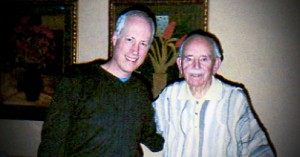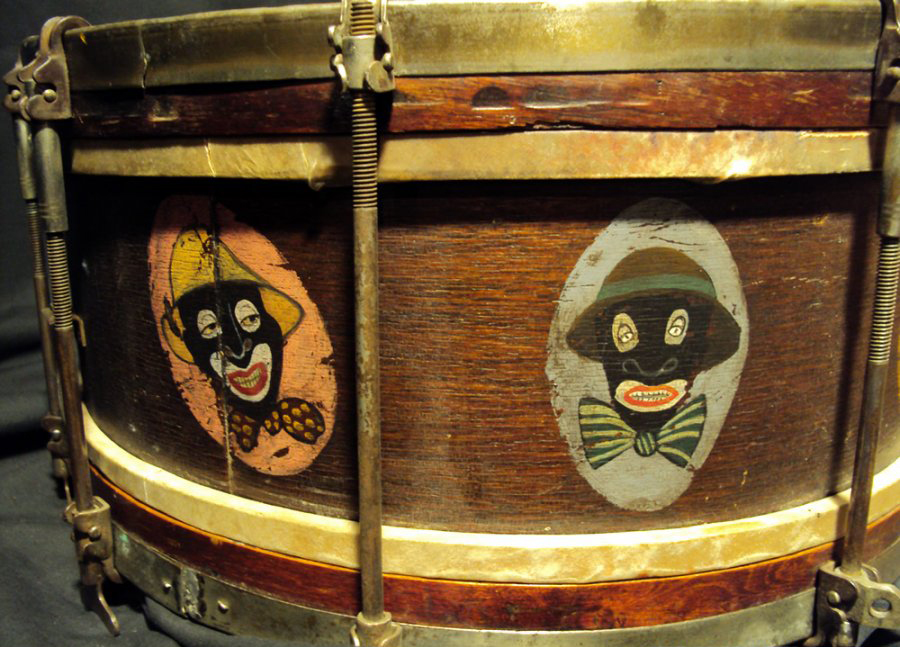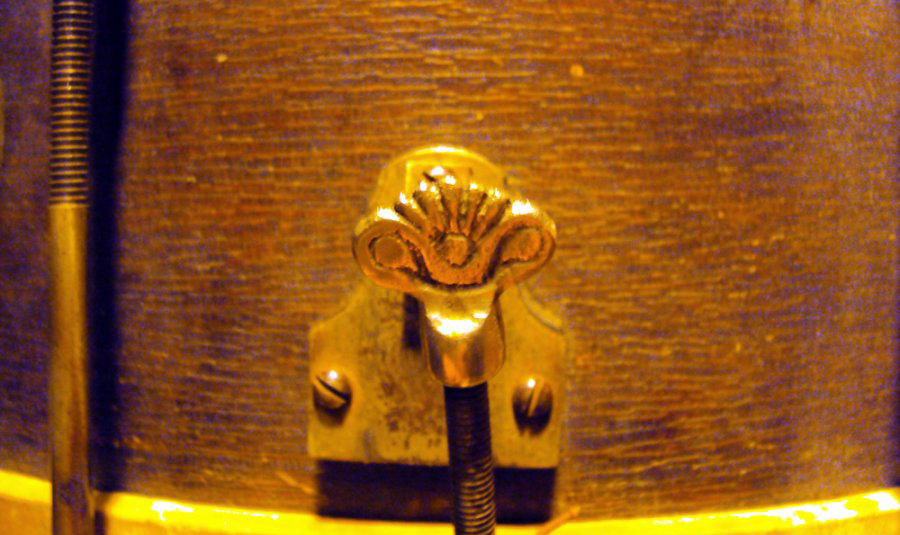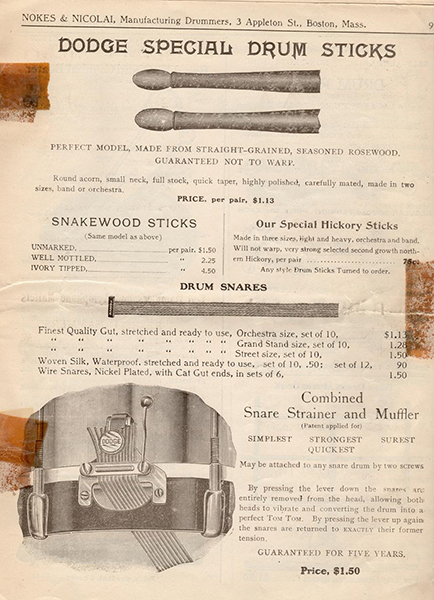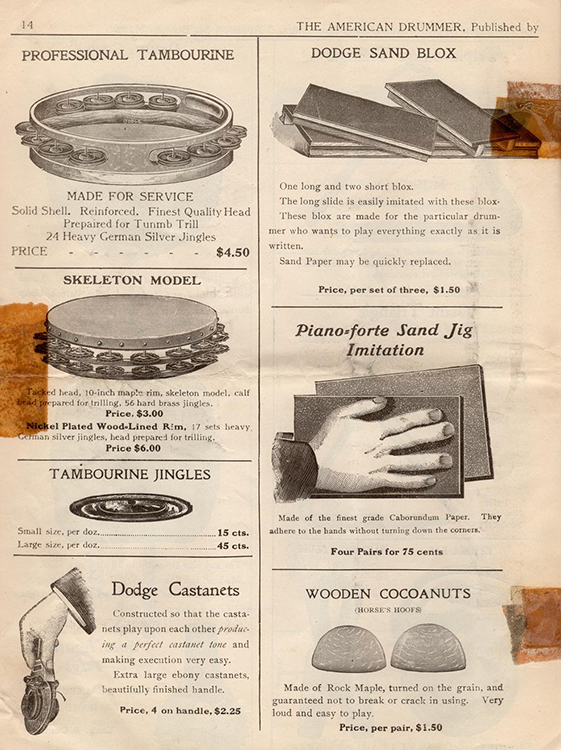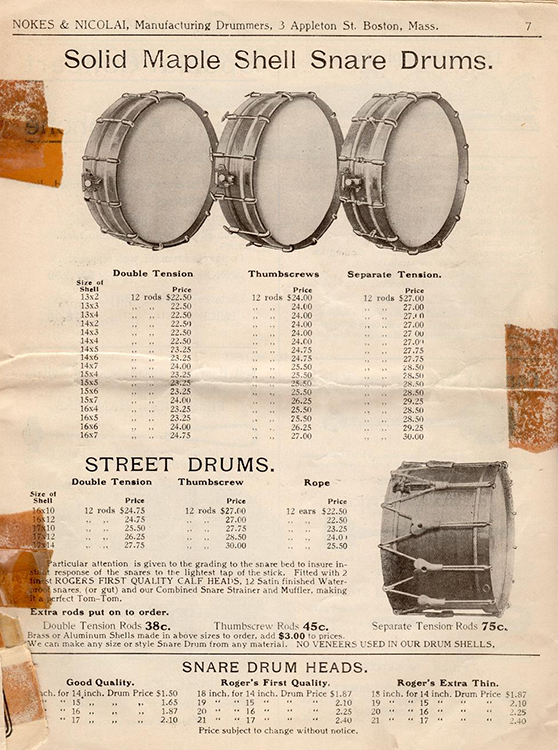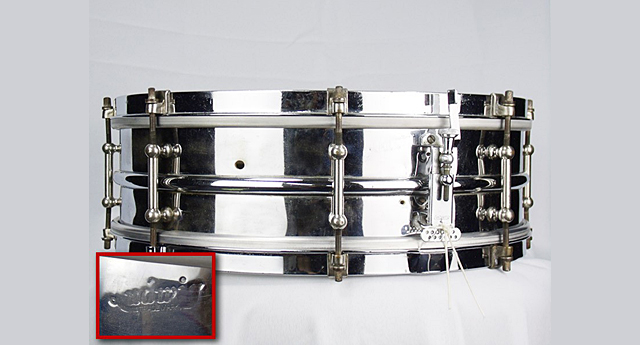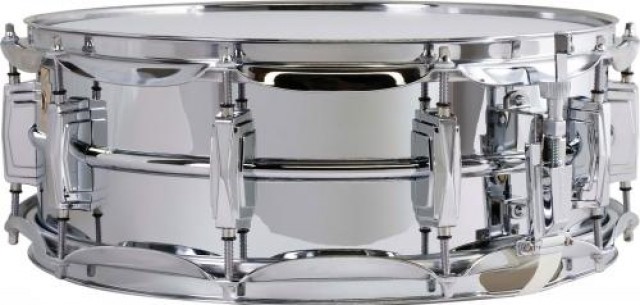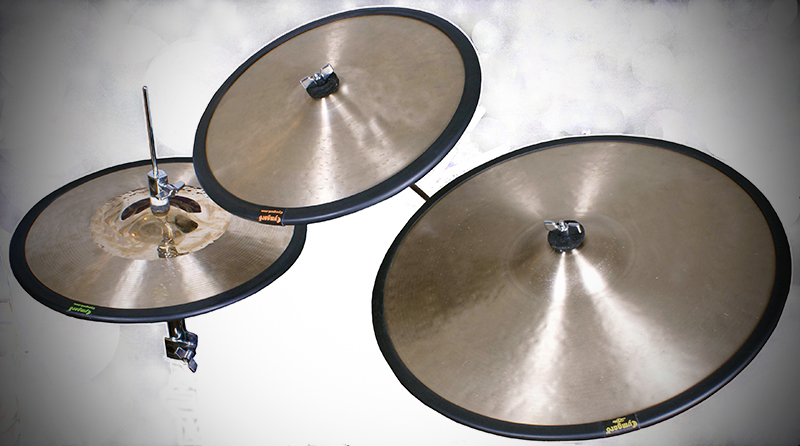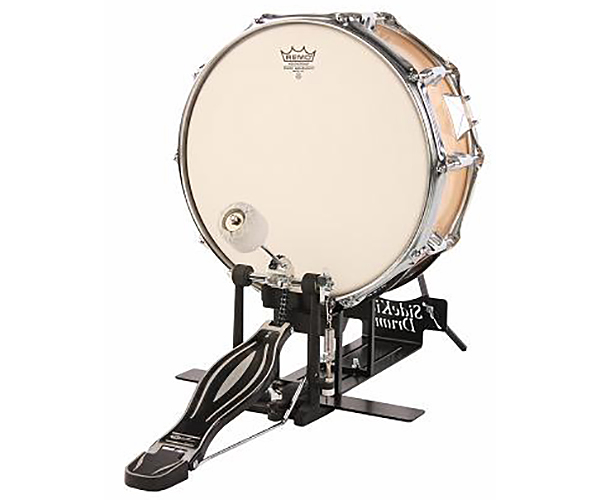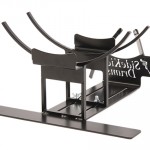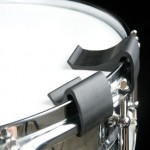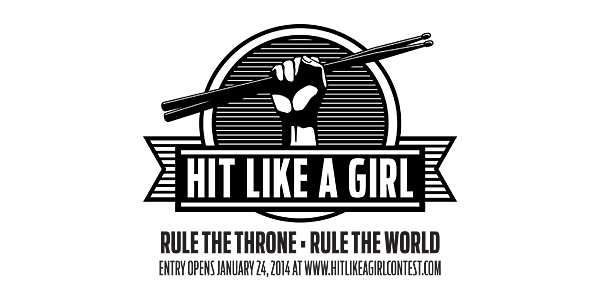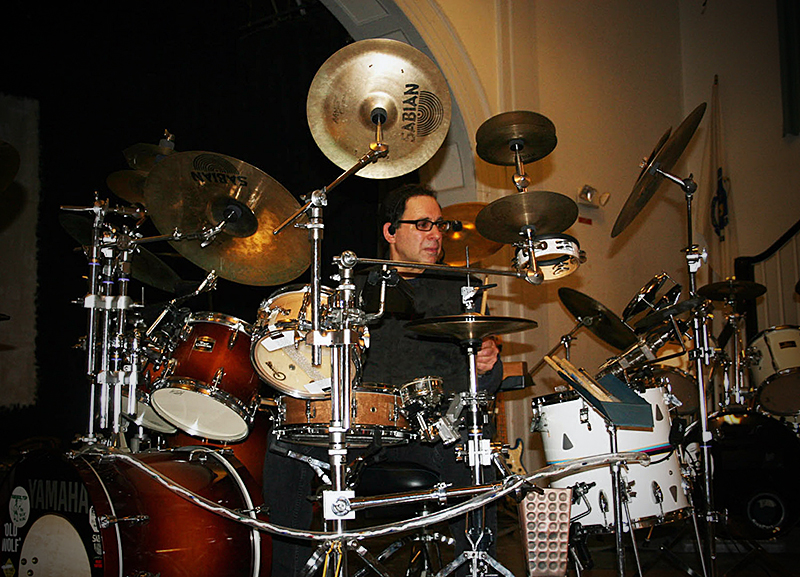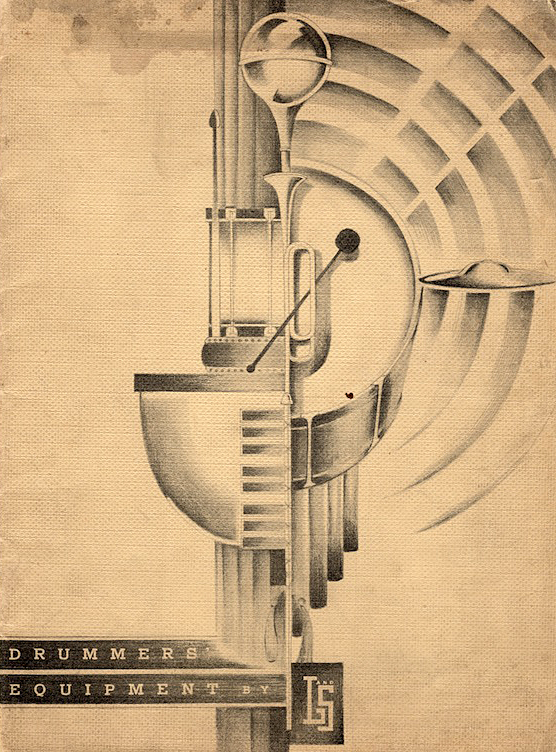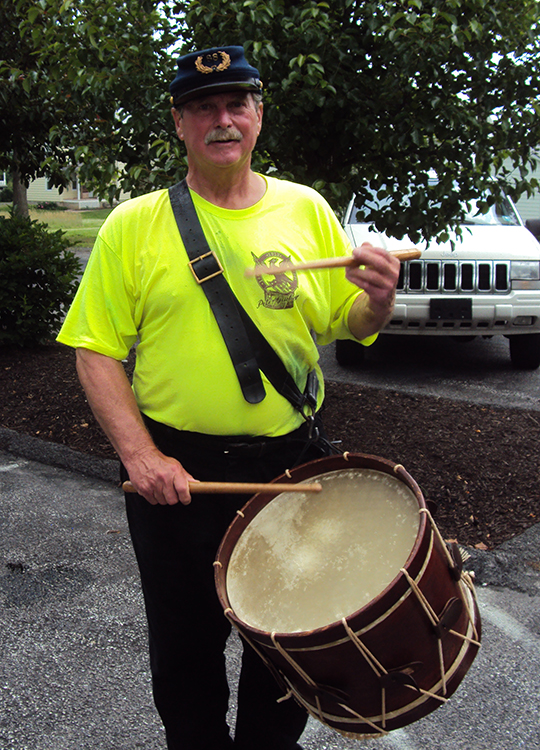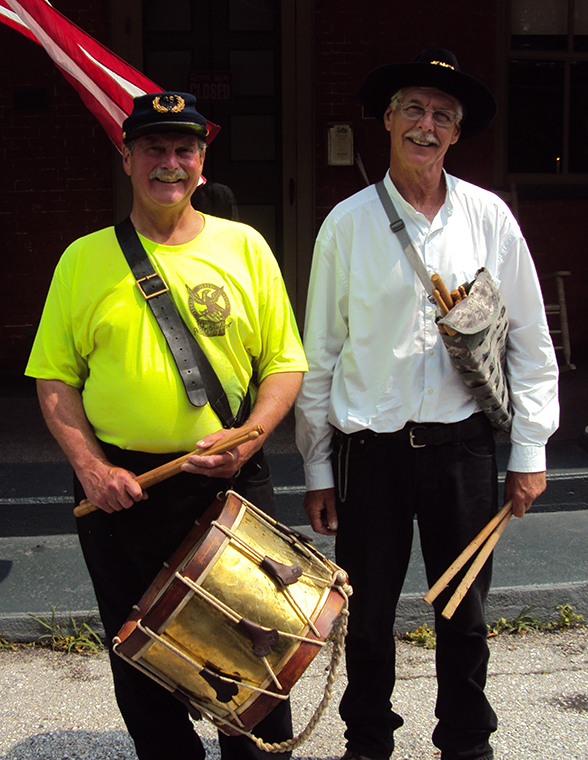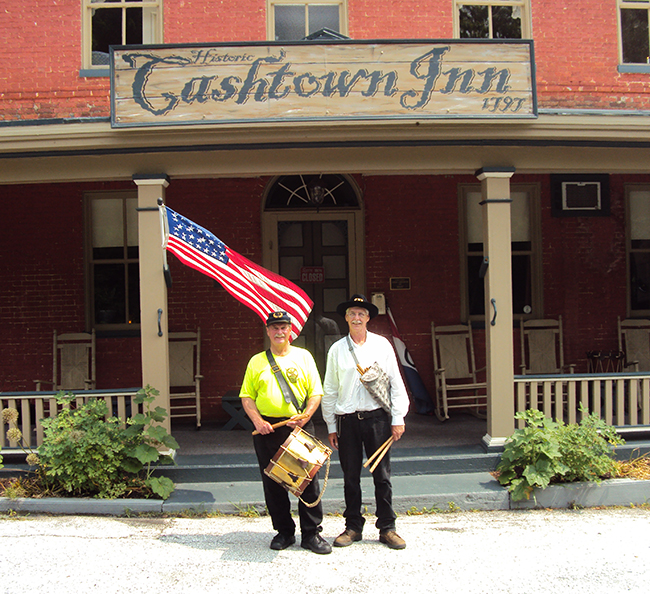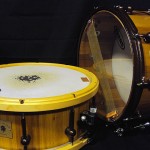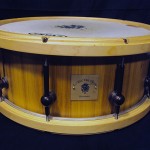Past Meets Present → Into The Future...Buddy Rich ~ Henry Adler ~ Ted MacKenzie
In 1942, after four years with The Tommy Dorsey Orchestra, Buddy Rich was already considered “The World’s Greatest Drummer.” Soon afterwards, he wanted to develop some music reading skills, so he began to study with renowned drum teacher Henry Adler.
Ironically, he never learned, due to his busy touring schedule. It didn’t make a difference; Buddy Rich was a one of a kind genius with a photographic memory. He could hear a song just once, and memorize it completely. When Buddy sat behind the drums, pure instinct took over. The following quote from drummer Ted MacKenzie sums up Buddy’s relationship with Henry Adler in the 1940’s.
“He never had to practice and no one could teach him. Henry Adler said that Buddy wanted desperately to learn how to read drum notation, but always returned to him empty handed.” - Ted MacKenzie
Adler was keenly aware of the importance in documenting Buddy’s style and technique. This quickly evolved into a collaborative book effort between the two, “Buddy Rich's Modern Interpretation of Snare Drum Rudiments.” Over seventy years have passed since it was first published, and it is still considered the Bible of Drumming. The Rich-Adler method became the standard for all drum books to follow.
While Buddy went on to greater fame, Henry Adler continued teaching the Rich-Adler method in his New York Studio. In 1969, drummer Ted MacKenzie began to study with him. There, Ted also learned additional techniques from jazz drummers, Jim Chapin and Sonny Igoe.
MacKenzie’s name may be unfamiliar to many in the drumming community, yet his reputation precedes him in upstate New York, where he has been teaching for over forty years. He considers the Rich-Adler method to be “the greatest rudimental system on the planet.”
In the mid 1990’s, Ted Mackenzie and Henry Adler met once again. They teamed up to revise the original 1942 edition of “Modern Interpretation of Snare Drum Rudiments.” Adler came out of retirement specifically to work on this essential project. Both agreed it was long overdue. In 2005, the updated version of Buddy’s book was released to critical acclaim. Buddy Rich’s, bible of drumming, is now more relevant for the 21st Century. It became inevitable that Ted would write a sequel expanding on the earlier Rich - Adler concepts. This book is titled “Buddy Rich’s Rudiments Around The Kit” and is available at Amazon, Barnes & Noble and on Ebay.
“Essentially, it’s what you know and how you apply it that counts. I teach drummers what they need to know, so they can apply it with their own understanding. It’s like learning the ABC's. You can't relate if you don't know the rudimental backdrop.” - Ted MacKenzie
I witnessed Ted’s methodologies in the studio, and the ease at which the students were able to embrace his interpretation of the Rich-Adler techniques. One such student is world renowned “Shadows Fall” drummer, Jason Bittner. When Jason is not touring the world, he always finds time to study with Ted. It is a real testament to Ted MacKenzie’s talents. Jason’s feedback on his use of ‘Buddy Rich’s Rudiments Around The Kit’ is:
"A great tool for anyone who really wants to learn the rudiments and how to apply them in a musical setting, rather than just sitting at the pad playing them repetitively just for the sake of practice." - Jason Bittner
Ted MacKenzie’s great skill as both a musician and artist contributes heavily to his teaching methods. Numerous illustrations showing Buddy’s grip technique and hand positions were all drawn by Ted. He also designed and demonstrated the correct rudimental hand and finger positions in photographic form. Ted’s book is the definitive reference on Buddy. The Rich-Adler method allows the rudiments to be adapted to any drum set configuration in an infinite number of ways.
Ted Mackenzie's dedication to both preserving and propagating the legacy of the one and only Buddy Rich is second to none. His 3 books, DVD's, drum clinics, and continuous instruction not only keep Buddy's memory alive, but also sheds light on a method that's relevant to young players of today. If they're serious about the instrument, Ted is the "go-to-guy," both conceptually and creatively. Because of guys like Ted, Buddy's fire continues to burn stronger than ever!" - Bob Girouard, Modern Drummer Magazine
In addition to MacKenzie’s method books, he also developed “The Ultimate Drummer's Workout.” His “Wag the Brush” technique, uses brushes to exercise the wrists, hands, and fingers. This helps to quickly improve speed, strength, and endurance. All of Ted’s teaching materials are meant to work together as a cohesive unit for maximum results.
Buddy Rich protégé jazz drummer, Donny Osborne, had the opportunity to use Ted’s Book, and had this to say:
“The book is clear and well written. For a drummer who has the basic knowledge of the drum kit, this is the book that will absolutely move you to the next level. If you just read what is on the page, and practice, practice, practice, with the right amount of patience you should, in time, be able to accomplish what is in the book. The DVD’s are great tools and help to illustrate the points made in Ted’s book. Seeing the exercises and how they are played helps those starting out, or when you just hit a snag. If you are a fan of Buddy Rich, this is the one to get!” - Donny Osborne
Looking back to 1919, we saw 18 month old Bernard “Buddy” Rich, amaze audiences, known then as, “Traps The Drum Wonder.” Even at this very young age, it was more than obvious he was destined for ultimate greatness. If Adler had not fully documented Buddy’s style and technique, it may have been lost to the ages. For this, we owe Henry Adler a huge debt of gratitude. Ted MacKenzie continues that storied tradition by optimistically moving forward. He is hopeful that every new generation of drummers will embrace the Rich-Adler method. In doing so, we will keep Buddy Rich’s great legacy alive forever.


